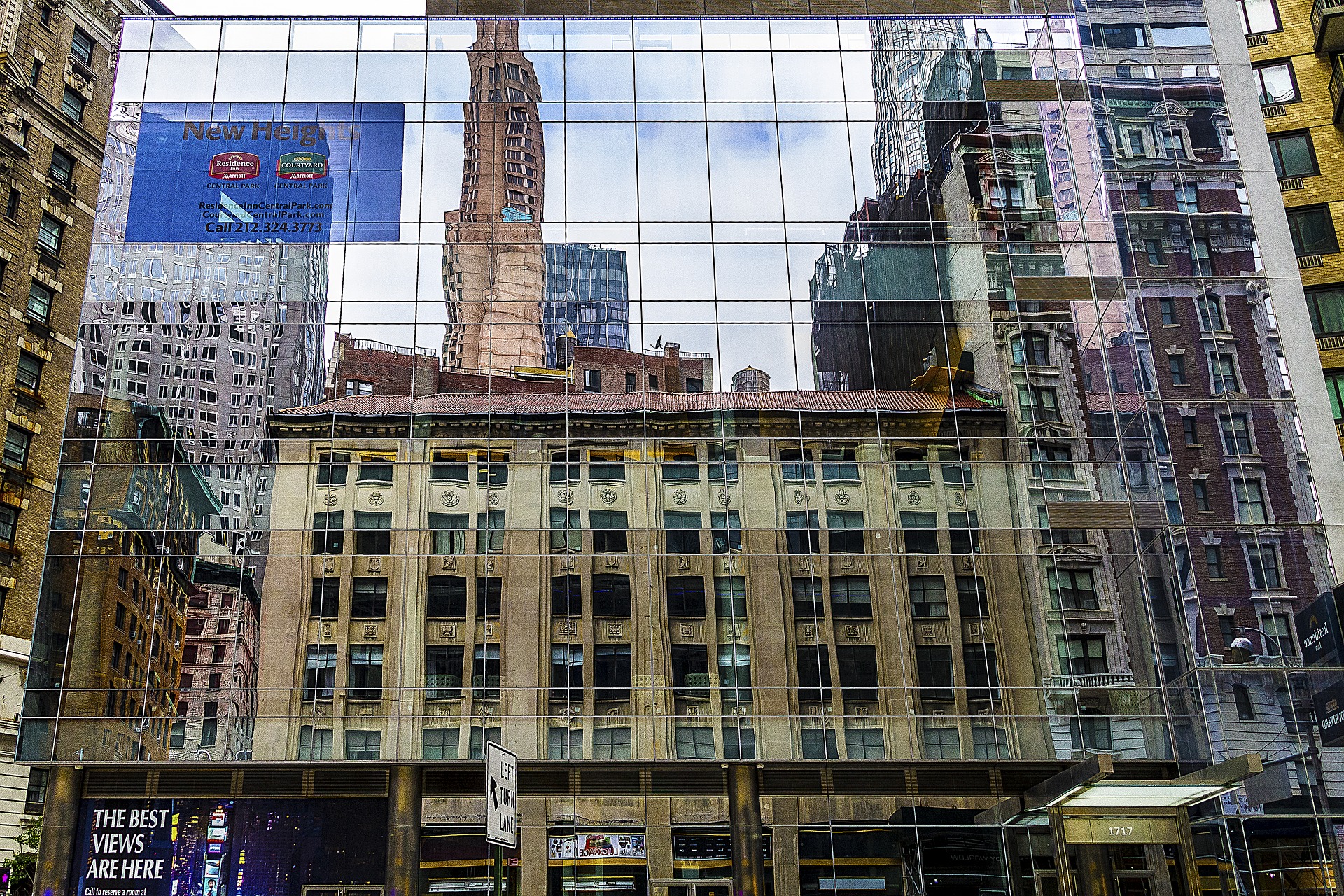
Why Should NYC Have More Condos? How Congregations Can Work Against Gentrification
The church won’t sell the property because of their moral and religious code. It was founded to protect immigrants and is the site of the first clean water in New York City. On any given day, about 1800 people will use the church for any of the seven events that happen daily, with sectarian religious uses accounting for less than a third of the activity. But if the church does not sell its assets to developers, then where will the funding come from to replace the regularly breaking elevator, or fix the leaking roof?
New York is a city of faith institutions: churches, mosques, synagogues, many of which were ports in the storm for the immigrants who traveled from across the world to make the city their home. These organizations still have land in a place that is rapidly becoming landless, but they struggle with the financial burden of crumbling infrastructure. Imagine a city with no buildings for faith practices. It’s a distressing thought. These institutions are able to support New Yorkers in ways that even the city’s best social services cannot. They remain a port of call for the hopeless. They provide an economic halo effect, but that is not the only reason to save them from having to sell their buildings to developers. We also must protect the commons from the privateers—the faith institutions’ land from the condo developers. Common spaces are essential to the livelihood of New York City.
The New York Times recently reported on the conversion of Shaare Zedek and outlined some of the challenges that these faith institutions are facing. The article leaves out a common rallying cry across New York City as residents are fearful of higher income housing increasing displacement pressures. Many faith institutions are interested in exploring lower income housing options and are active resisters to a pro-gentrification agenda.
The policies of the Cuomo and De Blasio administrations—state and city governments that support gentrification, rent increases, and giving public resources to for-profit developers—have led to the highest increase of homelessness in New York City’s history since the Great Depression. Mainstream economists blame the housing crisis in New York City on a pure issue of supply and demand, but the housing crisis is really a result of the overwhelming supply of housing for wealthy New Yorkers, not for the low income New Yorkers who face the greatest need. The time is now to advance clear solutions that won’t hold faith institutions across the city hostage while they struggle to continue their own survival.
So what should congregations do instead of selling their resources off to the highest bidder, causing the further gentrification of their neighborhoods? This question cannot be answered by religious organizations alone. But it is exactly the question the city itself needs to confront in its overall housing policy. Faith institutions are exempt from New York State real estate taxes, and taxes and subsidies are the clearest strategy of creating and maintaining affordable housing. The city has just responded to this crisis with a new program, the New York Land Opportunity Program, to provide technical assistance through an affordable housing technical service provider, LISC, to help to train five key faith institutions on real estate. But this is only the beginning. New York City both can and should help these institutions by creating more flexible transfer of zoning rights and by creating additional incentives for true low-income housing.
Why should faith institutions, many of which have been bedrocks of their communities and who are truly struggling with the maintenance of their infrastructure, be forced to make choices of how to continue their survival? How does their institutional mission and their members’ needs match with what the infrastructure needs of the city are? Why does the city passively force these congregations into luxury condos by providing no support? And finally how does the housing policy of New York City re-align to support communities that are being targeted for further gentrification?
Many faith institutions continue to face this dilemma. Here is a story about what a better option than selling to developers would look like:
The city could intervene. A neighbor attempted to get Shaare Zedek landmarked, but it was unsuccessful. There is also the challenge of increased restrictions for faith institutions for maintenance that could come alongside the landmark distinction. That could be the right path for some institutions because there can be stronger restrictions on affordability, but there also needs to be alternative options. The Mayor could encourage the construction of low-income housing and give the enormous tax subsidies that go alongside the Mayor’s housing plan to any potential buyers. This would allow any sale to be both more aligned with the synagogue’s ideals and the need for affordable housing in New York City.
Is there the political will to do this? There are ample possibilities for alternative solutions; and instead, by failing to help these congregations, the city has allowed the luxury-housing glut that has marked and marred New York City.
The views and opinions expressed in this article are the author’s own and do not necessarily reflect those of Lilith Magazine.



